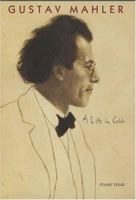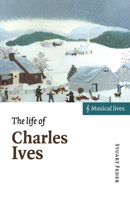Psychoanalytic Explorations in Music (Applied Psychoanalysis Monograph Series)
Select Format
Select Condition 
Book Overview
No Synopsis Available.
Format:Hardcover
Language:English
ISBN:0805057668
ISBN13:9780805057669
Release Date:October 1999
Publisher:Henry Holt & Company
Length:473 Pages
Weight:1.93 lbs.
Dimensions:1.5" x 6.4" x 9.5"
More by Stuart Feder
Customer Reviews
8 customer ratings | 5 reviews
There are currently no reviews. Be the first to review this work.























